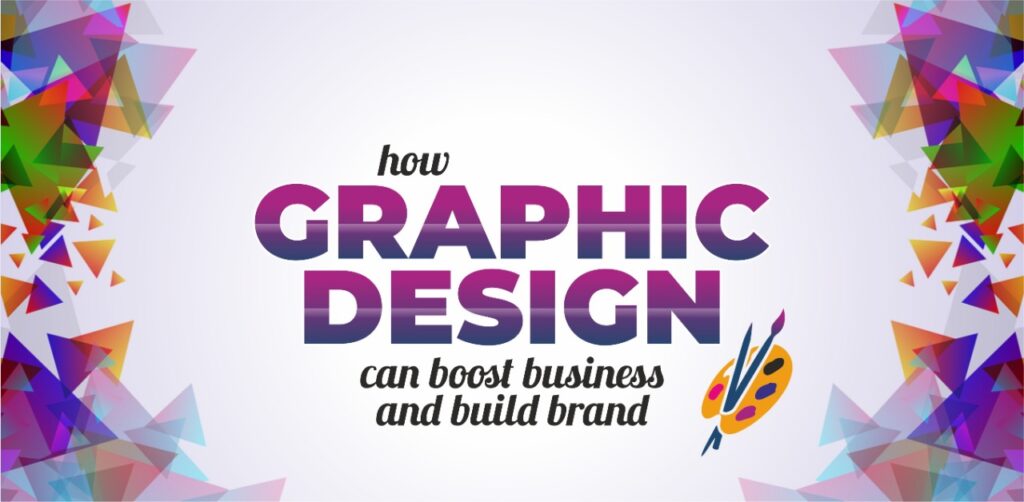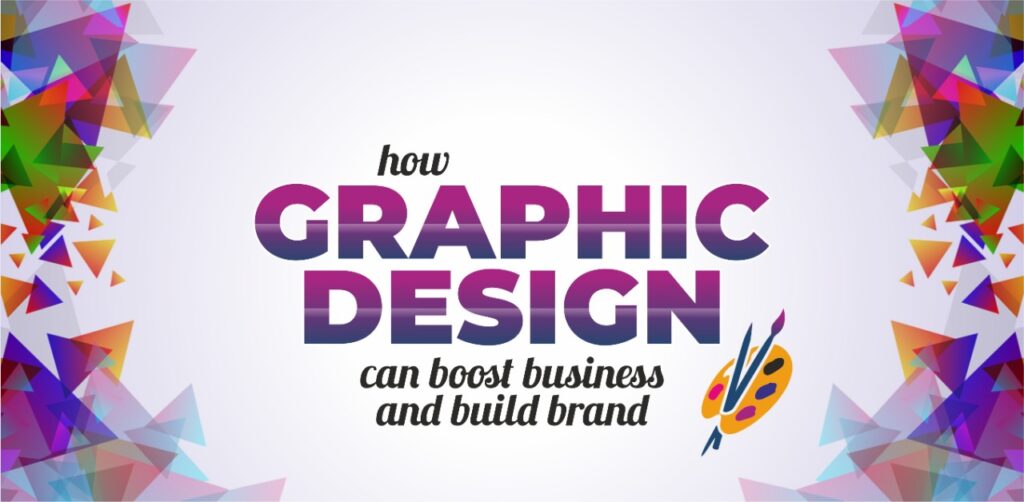Designing for the user’s experience and the user interface (UX/UI) go hand in hand. Graphic design is essential in Chicago’s competitive business environment because it helps create user-friendly websites and other digital interfaces. Every part of the visual presentation matters to the user’s overall impression of the product.

User Experience and Interface Design
Understanding the basics of user interface and user experience design is essential for producing high-quality digital experiences. UX (User Experience) is concerned with making things easier and more convenient to utilize for the end user. When it comes to designing digital interfaces, UI (User Interface) design focuses on the aesthetics and interactivity. Information architecture (IA), wireframes (WF), prototyping (TP), usability testing (UT), and visual design (VD) are all vital parts of UX/UI design. Together, these parts provide user interfaces that are easy to navigate, fun to engage with, and aesthetically pleasing. By mastering these fundamentals, designers can create experiences that not only please but also anticipate and satisfy people’ wants and requirements.
The Influence of Visual Messages
Graphic design’s ability to convey information visually is crucial in creating positive user experiences. Graphic designers may generate feelings, convey messages, and direct users through digital interfaces through the strategic use of color, font, imagery, and layout. Carefully crafted images strengthen usability, build recognition of the brand, and unify the user experience. Graphic design facilitates efficient communication and engagement through features such as intuitive iconography that make navigation easier and attention-grabbing graphics that grab the viewer’s attention. Designers may leave a long-lasting impression on their audiences by putting them through an experience that is both immersive and memorable.
Branding and Consistency
Consistency and branding are of utmost importance in the field of UX/UI design. A unified visual language ensures that elements on many displays and in various interactions are in sync with one another. Establishing and maintaining this cohesion is largely dependent on graphic design. A solid visual identity can be established by the use of consistent typography, color schemes, iconography, and other design components. This uniformity not only helps consumers remember and associate with a brand, but it also inspires confidence and makes the product more convenient to use. Careful visual design may help designers provide users with a consistent and memorable experience that reflects the core values of their brands.
Focusing on the End User
In user-centered design, graphic design is a potent instrument for prioritizing the user’s wants and needs. Designers may help people navigate interfaces without any difficulty by using graphic components that are both easy on the eyes and functional. A streamlined user experience is the result of well-organized menus, prominent buttons, and engaging content. Illustrations and animations are two examples of visually interesting content that can attract viewers and inspire participation. Users will have no trouble locating and understanding important information thanks to clear and well-organized layouts and navigation. Graphic design gives designers the ability to focus on the needs of their users, resulting in environments that are easy to navigate and encourage deep participation.
Typography Is Crucial
The legibility and usability of a product owe a great deal on the typography used in the UX/UI design. Fonts, font sizes, and spacing should all be carefully considered to ensure legibility and make material easy to read. To ensure legibility on a wide range of screens, designers think about things like contrast, line length, and kerning. Text should be clearly discernible for persons with visual impairments, and typography helps with this. Designers can make user interfaces that are appealing to the eye, simple to read, and usable by everyone by utilizing inclusive typography approaches.
The Science of Colors
Colors in digital interfaces elicit feelings and transmit meaning, therefore they have a significant impact on user experiences. To achieve their goals, graphic designers often employ the theories of color psychology. Reds and oranges are considered “warm” colors, whereas blues and greens are considered “cool” colors. Differentiating elements, creating visual hierarchy, and conveying brand identity are all possible through the use of color. Designers may modify the user experience, increase engagement, and communicate with their audience by taking use of the psychological effects of colors.
Hierarchy in Images
Consideration of visual hierarchy in graphic design is crucial for creating a positive user experience. The use of visual hierarchy helps direct the focus of users by assigning relative priority to various design elements. Designers can guide users’ attention to crucial information and activities by the strategic use of size, color, contrast, and placement. This makes it so the most important information gets over quickly and the interfaces are simple to use. Graphic designers may improve usability, reduce mental strain, and enhance the user experience by creating with purpose. Designers may direct users’ focus where they need it most and create more natural interactions with the help of visual hierarchy.
Visual Symbolism and Iconography
UX/UI designers rely heavily on iconography and graphics to increase usability and brand identification. Icons that are both useful and attractive make interfaces easier to understand and operate. Designers make it easy to navigate and understand by employing standard icons or making their own that fit in with the visual language of the brand. In addition, carefully chosen visuals can elicit responses, communicate ideas, and make an impression. Images, whether they are pictures, photographs, or graphics, improve usability and user recognition by giving interfaces depth, context, and aesthetic appeal.
Animations and Microinteractions
Microinteractions and animations bring digital interfaces to life, increasing the satisfaction and interest of its users. Chicago’s best graphic designers use their knowledge of human psychology and expertise in design to incorporate interactive features like these into projects that leave a lasting impression. Feedback and usability are both improved by the use of microinteractions, such as hover effects on buttons or tiny animations. Meanwhile, animations spice things up visually and help users navigate between states or with interactive components. When used effectively, ( Graphic designing services in Chicago ) may produce fully immersive experiences that engage users, build a solid reputation for a company, and leave a lasting impression on consumers.
How come Firmroots?
If you need professional graphic design in Chicago, go no further than Firmroots. We have unmatched skill in creating designs that are both visually attractive and user-centric thanks to our team of creative and experienced designers. Every project we embark on is completed with a keen awareness of the client’s goals and a dedication to detail, thanks to our dedication to quality. We are confident in our ability to provide cutting-edge answers that not only improve the user experience but also complement the client’s brand. Firmroots provides professional graphic design services that can help your company stand out from the crowd.

